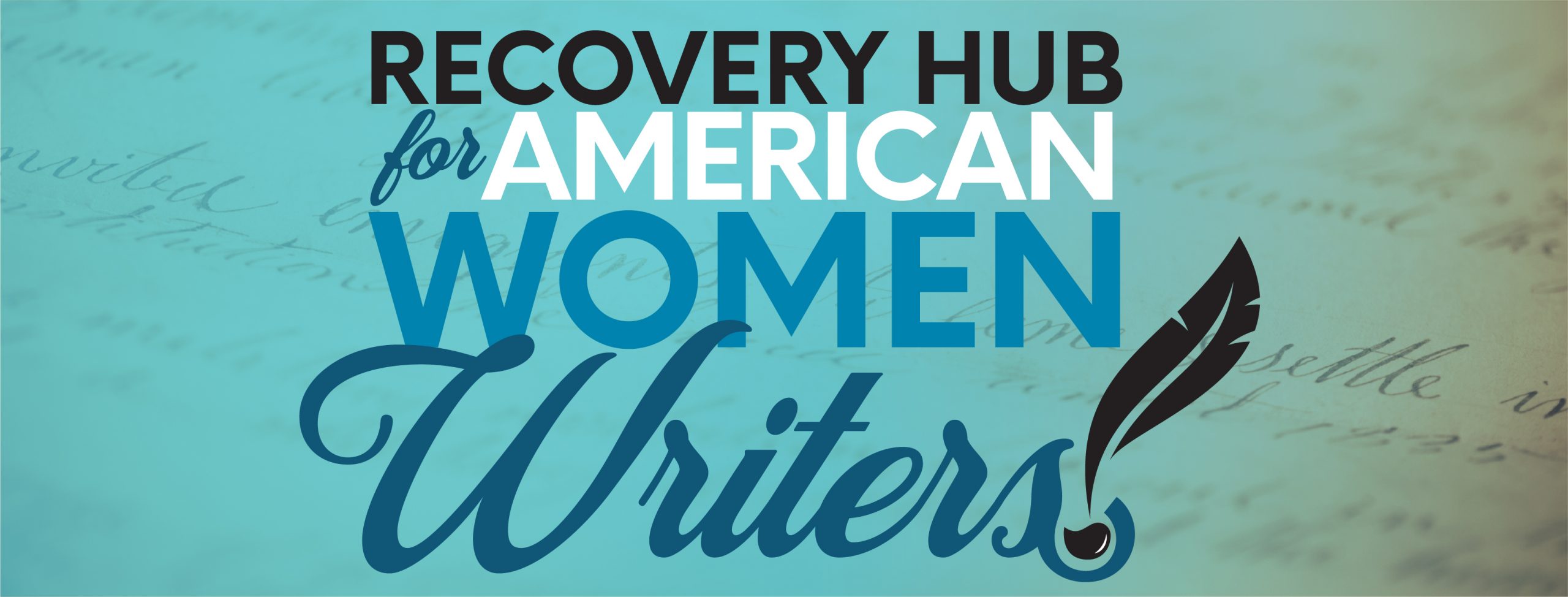Visit the Almanacks of Mary Moody Emerson
Project
The Almanacks of Mary Moody Emerson: A Scholarly Digital edition

Project Directors
Noelle A. Baker
Sandra Harbert Petrulionis
Project Reviewer
Jordan L. Von Cannon, Florida Gulf Coast University
Project URL
Project Overview and Review
Baker, Noelle A. and Sandra Harbert Petrulionis. The Almanacks of Mary Moody Emerson: A Scholarly Digital Edition. Women Writers Project (WWP)
The Almanacks of Mary Moody Emerson: A Scholarly Digital Edition currently makes available twenty of Moody’s forty-seven manuscripts through the Women Writers Project, publishing the full-text of each Almanack complete with scholarly annotations, a complete XML mark-up in accordance with TEI guidelines, and an innovative visualization of intertextual references. Co-editors Noelle A. Baker and Sandra Harbert Petrulionis offer several compelling arguments for the project’s need for digital publication, including the lack of clear chronology, pagination, and dating of entries, as well as the manuscripts current preserved state within Harvard University’s Houghton Library, which has removed the damaged Almanacks from their original binding to preserve and store as separate, single leaves. As a result, Baker and Petrulionis face the significant task of contextualizing the Almanacks and reconstructing their original order based on the writings of others (including George Tolman and Ralph Waldo Emerson) and a painstaking study of the physical similarities and corresponding marks on the individual leaves themselves. All editorial decisions follow the guidelines established by the Modern Language Association’s Committee on Scholarly Editions.
While similar work has been done on fragile, damaged manuscripts for eventual print publication, the project editors underscore their desire to recover Mary Moody Emerson’s authorial voice in her Almanacks through extensive annotations that make visible a rich tapestry of the intertextual quotations, paraphrases, allusions, and references the author makes within her own work. The Women Writers Online platform allows for a near seamless reading experience of the Almanacks, currently available as full-text digital editions. A detailed key preceding the texts offers readers clear guidance on the manuscript’s original marks, editorial intervention, and the author’s own notations. Moreover, the use of an asterisk allows users to open a separate pop-up pane (that does not move them away from the full-text or to a footnote section of the page) and read the editors’ relevant annotation. Navigating the Almanacks with the annotations is made far easier through their digital presentation than they would ever be via a traditional print edition, where the reader could hope, at best, for voluminous footnotes over the burden of moving between the text and a concentrated end note section. At the same time, the editors remain acutely aware of a digital user’s desire to track where they are in this reading space and have tracked the three separate levels of pagination for each page making it exceedingly easy for a reader to move between the digital edition and the print manuscripts.
Moreover, the use of an asterisk allows users to open a separate pop-up pane (that does not move them away from the full-text or to a footnote section of the page) and read the editors’ relevant annotation. Navigating the Almanacks with the annotations is made far easier through their digital presentation than they would ever be via a traditional print edition, where the reader could hope, at best, for voluminous footnotes over the burden of moving between the text and a concentrated end note section. At the same time, the editors remain acutely aware of a digital user’s desire to track where they are in this reading space and have tracked the three separate levels of pagination for each page making it exceedingly easy for a reader to move between the digital edition and the print manuscripts.
As a central part of the Women Writers Project Online, new visualization software, including the Intertextual References Visualization of the Almanacks, offers one of the most innovative complements to the digital edition. This interface offers readers a way to see into the text by creating reference links between person, place, and organization names. The visualization showcases just one of the many ways the full-text materials of the project can be used for research and digital experimentation by scholars and students.
This interface offers readers a way to see into the text by creating reference links between person, place, and organization names. The visualization showcases just one of the many ways the full-text materials of the project can be used for research and digital experimentation by scholars and students.
The project has been awarded two Scholarly Editions Grants from the National Endowment for the Humanities, and the editors’ ongoing commitment to the project is reflected in their regular site updates and progress transcribing the Alamanacks. In addition to elevating the work of Mary Moody Emerson and making it available to a wider audience, this digital edition models the best kind of integration of online texts with a digital archive. It maintains the rigor and comprehensive annotations of a scholarly print edition, while leveraging the creative tools and innovative platforms with digital humanities.

